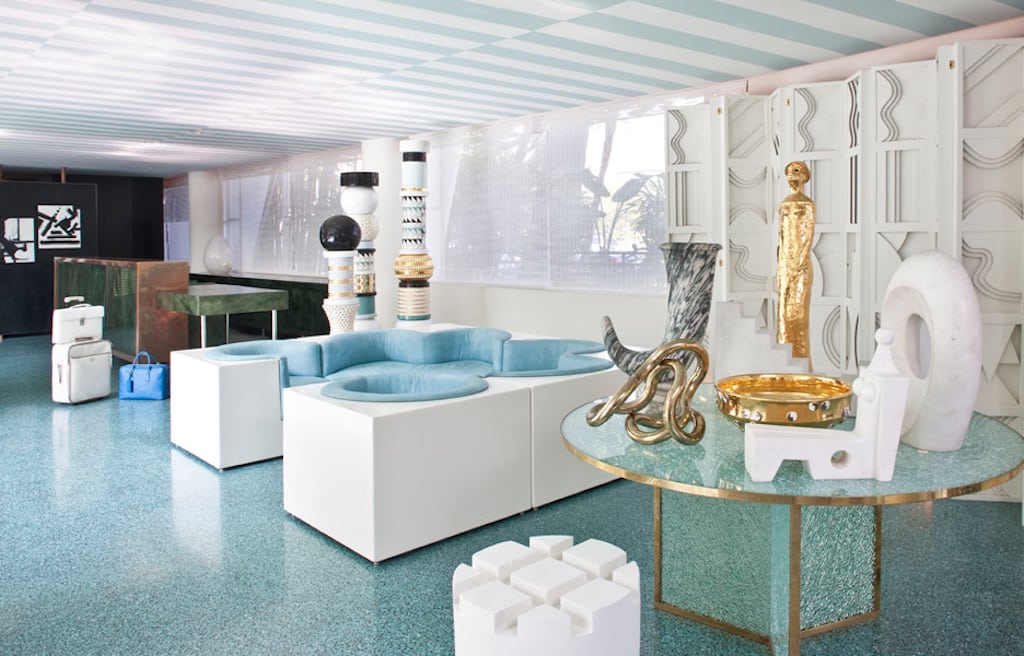Skift Take
Beverly Hills is sidestepping traditional media marketing with a thought leadership trend piece on the future of luxury, which helps position both the destination and the bureau as fresh and forward-thinking.
When a tourism bureau produces its own thought leadership around a theme aligned with the city’s value proposition, it accomplishes a number of things.
One, the intelligence is a marketing piece in itself, promoting both the destination and the DMO’s leadership in a fresh way with actionable takeaways.
Two, it engages the local destination partners in an elevated discussion around important travel trends and consumer behavior.
Three, its educates local government and business stakeholders, who can often use the research for their own purposes, which further supports the bureau’s case for funding.
This week, the Beverly Hills Conference & Visitors Bureau launched “The Future of Luxury” trend report. The overarching goal is to show how Beverly Hills is an iconic luxury travel brand that’s attuned and evolving with next generation luxury travel trends.
“We just celebrated our centennial in 2014, but we need to now focus on the next 100 years,” said Julie Wagner, CEO of Beverly Hills CVB. “The purpose of the white paper is to explore emerging markets and future trends for younger generations. Our goal is to be the most traveled luxury destination in the world, and promote how we wrote the book on luxury.”
The report identifies 10 key luxury destinations worldwide, spanning from Los Angeles to Zurich to Hong Kong, based on their population of “ultra high net worth individuals” (UHNWIs). Each city description shows demographic data, spending patterns for high-net locals, and what’s trending in terms of general interest in the luxury marketplace.
For example, 74% of Singaporeans with over $1 million in moveable assets prefer to research luxury products online but they prefer to buy in-store. Also, mainland Chinese consumers define watches, bags and jewelry as their “most interesting” luxury purchases, while Hong Kong residents prioritize luxury travel. In New York, retail spending is shifting as more consumers are purchasing lifestyle experiences for gifts, such as spa treatments and theater events.
Luxury 2.0 & 3.0
The rest of trend report focuses on what it defines at “Luxury 2.0,” revolving around the digitization of the travel and shopping experience, and “Luxury 3.0,” which refers to the rise of brand experiences and experiential marketing.
“According to Bain Consulting, 40% of luxury retailers were still not trading online in November 2014,” reads the report. “Netsphere Strategies found that 71% of customers cite the ability to view inventory information for in-store products as ‘important’ or ‘very important,’ and 50% expect to be able to buy online and pick up in-store.”
As an example given for this “digitization of exclusivity,” Oscar de la Renta debuted its fall campaign on Instagram weeks before buying print placements in Vogue. Burberry hired celebrity photographer Mario Testino to shoot the first-ever fashion launch for Snapchat.
The Luxury 3.0 section explains how fashion labels are serial innovators and “retail is becoming as much a communication channel as a shopping experience.” Pop-up stores, cross-industry partnerships, and live programming streamed online are becoming a regular thing to engage high-income Gen Y audiences.
Actionable Marketing
Presently, The Future of Luxury trend report is only available for download on an unmarked Beverly Hills CVB website page that requires a passcode. The report was developed primarily for the destination partners, but anyone can request a copy of the report, although that isn’t made clear on the site.
We’re told that the report will be made publicly available on the CVB website in a couple of weeks. For now, request a password at: [email protected].
The Beverly Hills CVB’s annual budget is minuscule at only $4 million because there’s only a small number of properties paying into the bed tax. This report provides added marketing muscle for the money, and other bureaus should be doing something similar.
“With our limited funding, this is how we’re really trying to cut through the clutter so people recognize us for what we are and not what everyone says we are,” says Wagner. “One of our key marketing messages is all about customizable luxury, but people tend to put us in a bucket. That’s why we did this luxury white paper, so people go, ‘Oh, Beverly Hills offers a deeper breadth of fresh, forward-thinking experiences than I might have imagined.'”
The Daily Newsletter
Our daily coverage of the global travel industry. Written by editors and analysts from across Skift’s brands.
Have a confidential tip for Skift? Get in touch
Tags: Beverly Hills, luxury
Photo credit: Avalon Hotel Beverly Hills. Avalon Hotels
